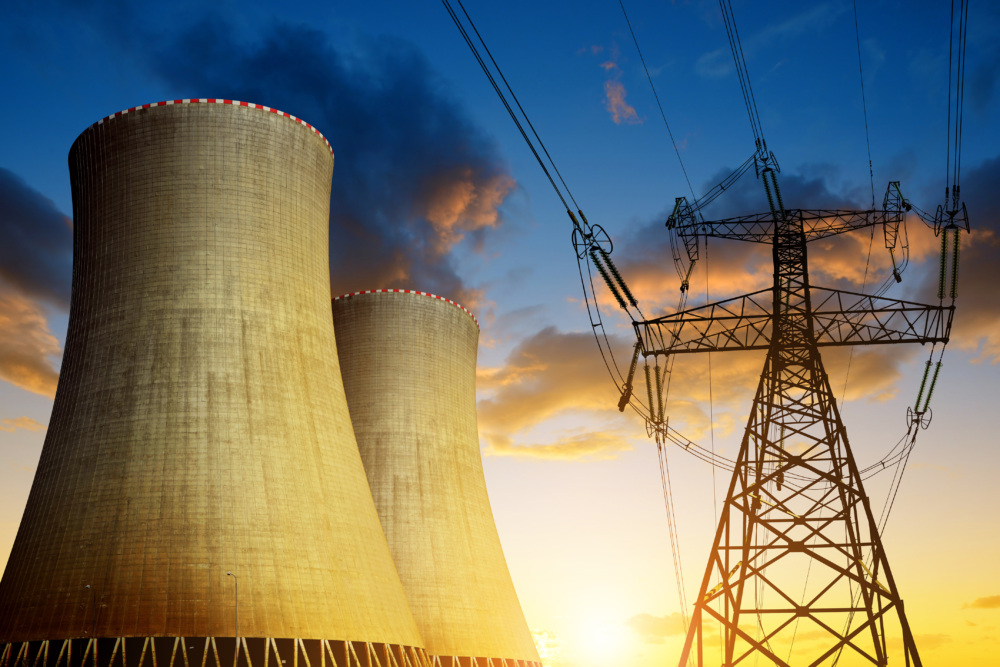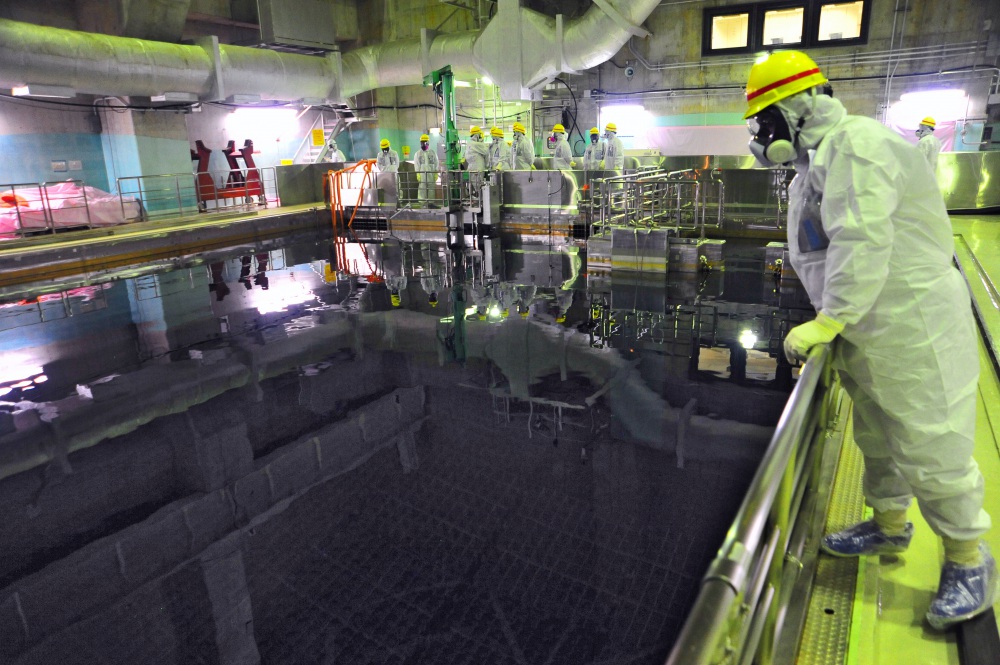
Ross Matzkin-Bridger
Senior Director, Nuclear Materials Security
Atomic Pulse
Climate change and energy security will take center stage this week as the International Atomic Energy Agency (IAEA) hosts its Nuclear Power Ministerial in Washington, DC. Nuclear power can play an important role in decarbonizing our societies and reducing our reliance on volatile supplies of fossil fuels. But for nuclear power to be a problem solver rather than a problem maker, the international community must push for a smart brand of nuclear power that prioritizes safety and security. Specifically, we need nuclear power that eschews the production and use of the most sensitive, weapons-usable materials: highly enriched uranium (HEU) and plutonium.
HEU and plutonium are the human-made, difficult-to-produce elements that are the core building blocks of a nuclear weapon—and it only takes a relatively small amount to create a weapon capable of widespread destruction. The IAEA estimates that just 25 kg of HEU (the size of a grapefruit) or a mere 8 kg of plutonium (the size of a soda can) is all it takes to make a nuclear bomb. As a result, efforts to prevent the spread of nuclear weapons, whether to nation-states or non-state actors, are often meticulously centered on restricting the production of these materials and eliminating stockpiles where they exist. Over the last three decades, the international community has notched some impressive successes, reducing large stockpiles of HEU and plutonium from both legacy nuclear weapons and civilian nuclear programs. Looking at the civilian programs alone, dozens of countries have partnered through a patchwork of coalitions to eliminate over 7,000 kg of weapons-usable material, enough for hundreds of nuclear weapons.
Moving forward, there is reason for both optimism and caution. The good news is that neither HEU nor plutonium are required for nuclear power. The vast majority of the roughly 450 nuclear power reactors operating around the world use fuel made from low enriched uranium (LEU), a material that isn’t suitable for a nuclear bomb. Further, many of the next-generation advanced reactors that are in development also reject HEU and plutonium in favor of LEU. These designs aim to use the most cutting-edge technologies, build economic efficiencies, and improve safety, all without touching weapons-usable materials. This is precisely the brand of smart nuclear power that can play a central role in a clean and secure energy future.
Unfortunately, a subset of nuclear reactor designs buck the LEU trend and instead call for plutonium as a primary fuel. Proponents of these designs argue that plutonium, which can be produced inside of a reactor and purified through a step known as reprocessing, can help reduce reliance on mined uranium and foster a more stable fuel supply. But the dangers of this approach far outweigh any benefits. After the international community has worked tirelessly and spent billions of dollars to reduce civilian inventories of weapons-usable materials by over 7,000 kg, one reprocessing facility could purify up to 8,000 kg of plutonium in just one year—reversing decades worth of hard-fought gains.
The purified plutonium that works as a nuclear fuel also is highly attractive for weaponization. Even in the hands of the most well-intentioned governments, this material is a target for terrorists and criminals who only need to obtain a small amount to make a bomb. Reprocessing and using plutonium fuel also makes little economic sense. It is an exceedingly expensive endeavor and numerous studies show that the costs of a plutonium fuel cycle are significantly higher than the more straightforward LEU route.
With a whole menu of practical nuclear power options available, it just doesn’t make sense to turn towards reprocessing and plutonium fuels. As the IAEA’s Nuclear Power Ministerial convenes senior policymakers and experts to discuss the future of nuclear energy, safety and security should be the highest priority. Nuclear power can help usher in a new era of clean, safe, and secure energy. We can get there without relying on the world’s most dangerous materials.
Sign up for our newsletter to get the latest on nuclear and biological threats.
"August 29 is a special date for many of us who work on nuclear risk reduction."
Does a Thorium-based Nuclear Fuel Cycle Offer a Proliferation-Resistant Future? Not Necessarily.
Eugenia Zoloto is a Ukrainian artist who specializes in paper cutting, collages, and illustrations, in addition to working with oil paints and mixed mediums. She lives in Kyiv with her husband and two children and is participating in the 2023 #CranesForOurFuture campaign by contributing a beautiful floral sculpture featuring an origami crane.



